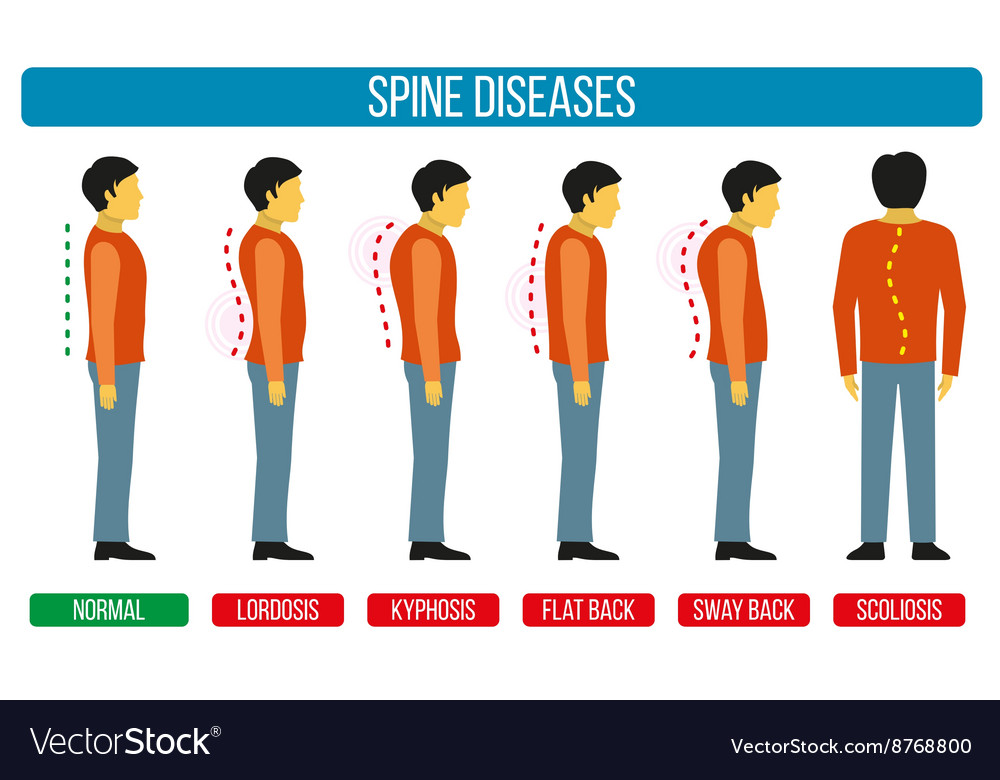The Impact Of Stance On Pain In The Back: Approaches For Sustaining Proper Positioning During Daily Activities
The Impact Of Stance On Pain In The Back: Approaches For Sustaining Proper Positioning During Daily Activities
Blog Article
Content Writer-Kragh Rollins
Keeping correct posture isn't almost sitting up straight; it has to do with aligning your body in a way that sustains your spine and reduces the danger of back pain. Link Website sit, stand, and move throughout the day can dramatically impact your spine wellness. Yet just how exactly can you guarantee great positioning consistently, also during busy days filled with different activities? Allow's dig deeper into the subtle yet impactful modifications you can make to your daily routine to keep your back pleased and healthy.
Importance of Appropriate Position
Correct stance is vital in preserving a healthy back and avoiding pain. When you rest or stand with good position, your spine is in placement, minimizing pressure on your muscles, tendons, and joints. This positioning enables the body to disperse weight evenly, protecting against too much anxiety on certain areas that can cause pain and discomfort. By keeping your spine appropriately lined up, you can additionally boost your breathing and digestion, as slouching can compress organs and limit their functionality.
In addition, maintaining excellent pose can improve your overall appearance and positive self-image. When you stand tall with your shoulders back and head held high, you exude self-confidence and appear more approachable. Excellent stance can also make you really feel extra energized and sharp, as it advertises correct blood flow and allows your muscles to function efficiently.
Integrating correct stance right into your everyday regimen, whether resting at a desk, strolling, or working out, is essential for avoiding pain in the back and advertising general health. Keep in mind, a tiny change in exactly how you hold yourself can make a substantial distinction in just how you feel and work throughout the day.
Common Postural Mistakes
When it concerns keeping good posture, many people unwittingly make typical mistakes that can add to back pain and discomfort. https://www.spirehealthcare.com/health-hub/specialties/bones-and-joints/what-is-hip-and-leg-pain/ of the most common mistakes is slouching or stooping over while sitting or standing. This placement places too much pressure on the spinal column and can lead to muscle inequalities and discomfort over time.
One more usual blunder is overarching the reduced back, which can flatten the natural contour of the spinal column and trigger pain. Additionally, crossing legs while sitting may feel comfortable, yet it can produce a discrepancy in the hips and hips, leading to postural issues.
Utilizing a pillow that's too soft or also strong while sleeping can additionally affect your positioning and add to back pain. https://chiropractic-injury-clini96283.dm-blog.com/30757370/discover-how-chiropractic-treatment-can-open-pain-alleviation-and-health-open-the-key-to-a-much-healthier-pain-free-life-today but not least, constantly craning your neck to look at displays or adjusting your position regularly can stress the neck and shoulders. Being mindful of these typical postural errors can assist you preserve far better positioning and decrease the danger of back pain.
Tips for Correcting Alignment
To improve your placement and lower back pain, it's necessary to concentrate on making small adjustments throughout your daily regimen. Begin by being mindful of your posture. When sitting, guarantee your feet are level on the flooring, your back is straight, and your shoulders are kicked back. Stay clear of slouching or leaning to one side. Usage ergonomic chairs or cushions to sustain your lower back.
When standing, distribute your weight evenly on both feet, maintain your knees somewhat bent, and tuck in your pelvis. Involve your core muscles to sustain your spinal column. Take breaks to extend and walk if you have an inactive task. Integrate workouts that strengthen your core and back muscles, such as slabs or bridges.
While resting, use a cushion that sustains the natural curve of your neck to keep correct spine positioning. Avoid sleeping on your stomach, as it can stress your neck and back. By being mindful of these ideas and making small changes, you can progressively fix your positioning and minimize back pain.
Final thought
Bear in mind, preserving great position is vital to stop pain in the back and advertising back health and wellness. By being mindful of your positioning, dispersing weight evenly, and engaging your core muscular tissues, you can decrease pressure on your back and decrease the risk of discomfort and injury. Integrate ergonomic assistance, take routine breaks to stretch, and enhance your core and back muscles to keep appropriate placement throughout the day. Your back will thank you for it!
